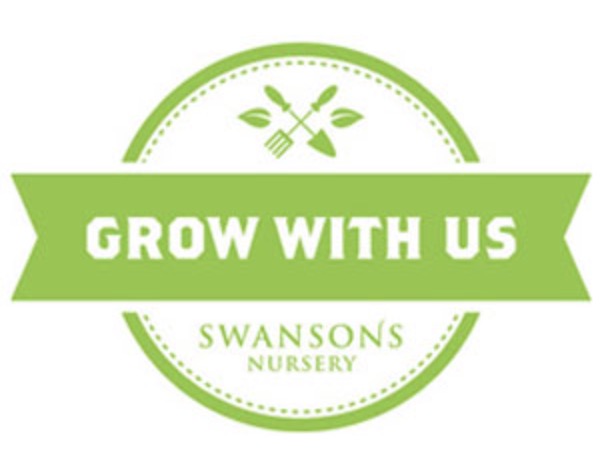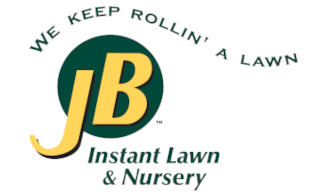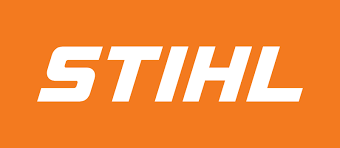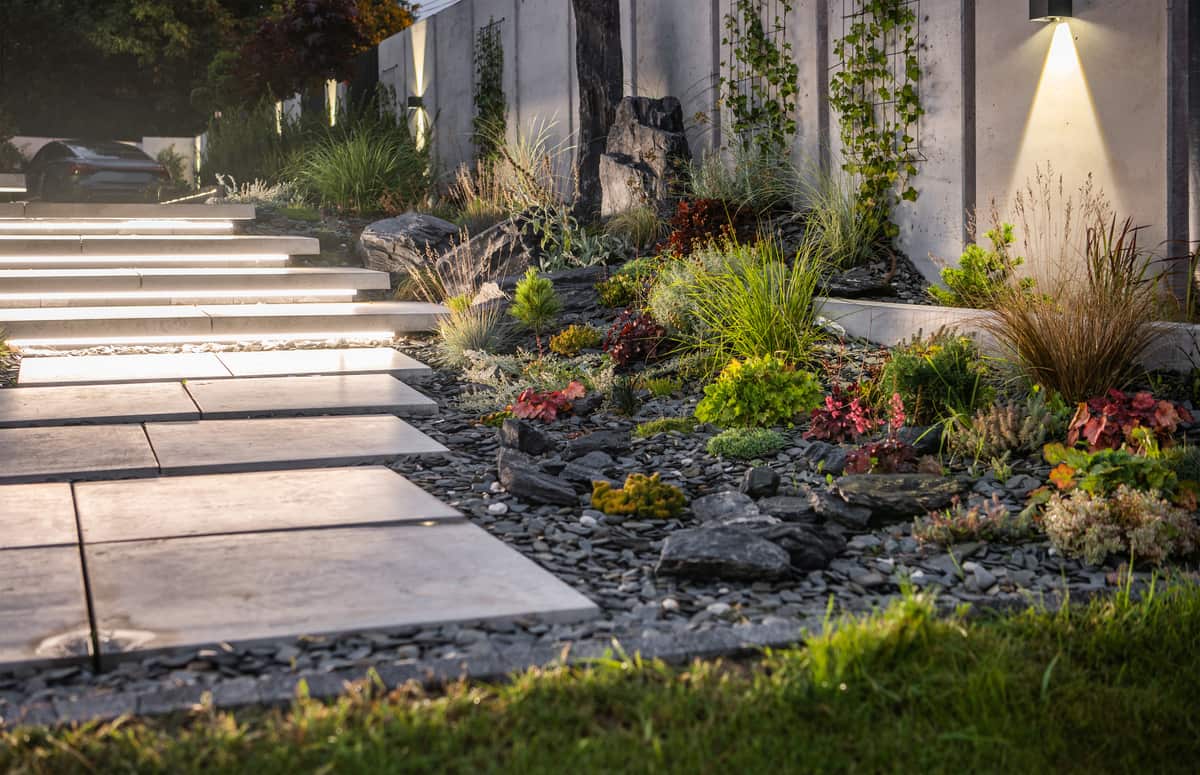Everything You Need to Know About Azalea Shrubs for Your Landscaping
Hi, it’s Mr. Lee! If you’re looking for a shrub that brings a burst of color and elegance to your yard, azaleas are a fantastic choice. These flowering shrubs are celebrated for their vibrant spring blooms and versatility in the landscape. Here’s what you need to know to make the most of azaleas in your garden:
Why Choose Azalea Shrubs?
- Vibrant Blooms: Azaleas offer stunning flowers in a variety of colors, including pink, red, white, orange, and purple.
- Seasonal Beauty: Most azaleas bloom in spring, but some varieties offer extended flowering seasons, including repeat blooms in summer or fall.
- Versatility: Whether used as foundation plantings, borders, or mixed into flower beds, azaleas can enhance almost any garden design.
- Shade-Friendly: Unlike many flowering shrubs, azaleas thrive in partial shade, making them a great option for less sunny areas.
Key Features of Azalea Shrubs
- Varieties for Every Garden:
- Deciduous Azaleas: These lose their leaves in winter but offer vibrant fall foliage before going dormant.
- Evergreen Azaleas: Retain their leaves year-round, providing greenery even when not in bloom.
- Compact Options: Dwarf varieties like ‘Gumpo White’ or ‘Hino Crimson’ are ideal for small gardens or container planting.
- Size and Growth Habits:
- Azaleas range in size from compact 2-foot shrubs to larger varieties that can grow up to 8 feet tall.
- Their naturally rounded shape makes them great for softening hard edges in your landscape.
- Hardiness:
- Azaleas thrive in USDA zones 5–9, depending on the variety, making them suitable for a wide range of climates.
- Care Needs:
- Sunlight: They prefer partial shade but can tolerate morning sun with afternoon shade in hotter climates.
- Soil: Acidic, well-draining soil rich in organic matter is key for healthy azaleas.
- Watering: Consistent moisture is important, especially during dry spells, but avoid waterlogged soil.
- Pruning: Light pruning after flowering helps maintain their shape and encourages future blooms.
How to Incorporate Azaleas into Your Landscape
- Foundation Plantings: Use azaleas near your home or along walkways to add softness and color.
- Borders and Hedges: Line paths or garden edges with azaleas for a vibrant, cohesive look.
- Mixed Flower Beds: Pair azaleas with companion plants like ferns, hostas, or rhododendrons for a layered effect.
- Accent Plants: Highlight patios, water features, or shaded corners with azaleas as focal points.
Why We Love Azalea Shrubs
Azaleas are a true showstopper, bringing color, texture, and elegance to any outdoor space. With the right care, these shrubs can thrive for years, becoming a standout feature in your garden.
If you’re considering adding azaleas to your landscape, contact Lee’s General Landscaping today. We’d love to help you choose and plant the perfect varieties for your yard! 😊

| Attribute | Description for Azalea Shrubs |
|---|---|
| Size | Ranges from 2 to 6 feet in height and width, suitable for various spaces. |
| Insects & Pests | Can attract lace bugs and spider mites; regular monitoring is needed. |
| Bloom Time | Blooms in early to mid-spring, lasting several weeks. |
| Maintenance | Requires moderate care, including occasional pruning for shape. |
| Root Growth | Shallow roots benefit from consistent moisture and mulch. |
| Seasonality | Most are deciduous; some varieties are evergreen, providing year-round foliage. |
| Watering Needs | Prefers moist, well-drained soil and regular watering during dry spells. |
| Sunlight Requirements | Thrives in partial shade; tolerates full sun in cooler areas. |
| Soil Compatibility | Prefers acidic, well-drained soils rich in organic matter. |
| Growth Rate | Moderate growth rate, suitable for immediate and long-term landscaping. |
| Hardiness Zone | Best in USDA Hardiness Zones 5–9, depending on the variety. |
| Color & Aesthetics | Stunning blooms in colors like pink, red, white, and purple. |
| Wildlife Attraction | Attracts butterflies and hummingbirds, enhancing garden life. |
| Allergy Concerns | Generally low in pollen production, suitable for allergy-sensitive areas. |
| Edibility/Toxicity | All parts are toxic if ingested; caution is advised. |
| Wind Tolerance | Sensitive to strong winds; best planted in sheltered locations. |
| Invasive Potential | Non-invasive and easily controlled within garden boundaries. |
| Mulching Needs | Benefits from mulch to retain soil moisture and suppress weeds. |
| Lifespan | Long-lived perennials, often thriving for decades with proper care. |
| Fertilization | Annual fertilization with acidic fertilizer is recommended. |
| Companion Planting | Pairs well with acid-loving plants like rhododendrons and ferns. |






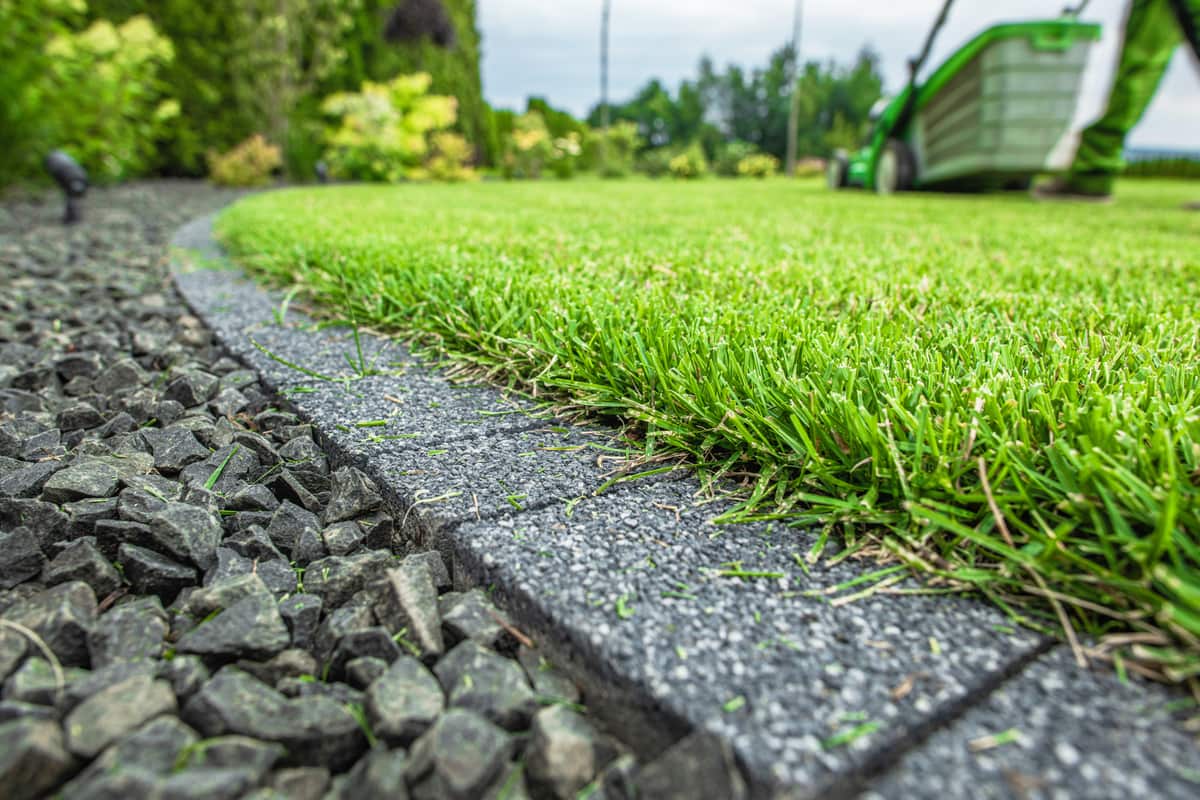


.jpg)



